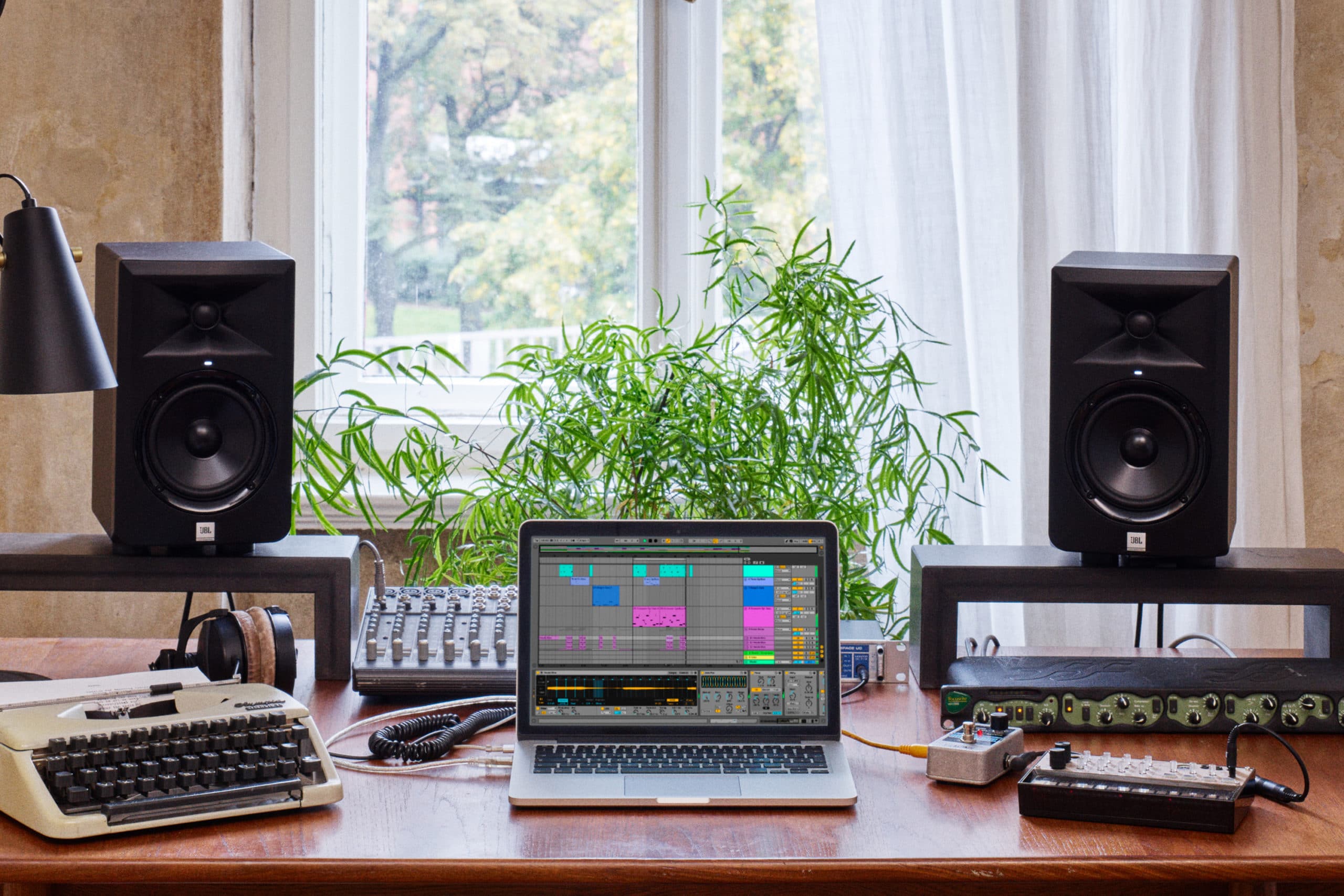How to EQ Vocals
How to EQ Vocals
Katie Gilchrest’s guidelines on how to EQ vocals.
For most styles of music, vocals are one of the most important parts of the mix. Poorly EQd vocals can cause detriment and distraction to an otherwise great song. Equalization using a parametric EQ is a tool that can allow vocals to be transformed to their appropriate place in the sonic palette, and bring out their best inherent natural qualities. The following are guidelines on how to EQ vocals, helpful for getting a great vocal mix started while ultimately using your own ears.
VOCAL RANGE
Human vocal range extends from around 80 Hz to 1100 Hz, give or take depending on the individual. Every singer is different, but it’s good to understand which frequency bands can carry which characteristics when EQ’ing.
| Frequency Range | Timbre |
| 100 – 400 Hz | Boominess |
| 400 – 700 Hz | Warmth |
| 500 – 1,100 Hz | Nasally |
| 900 – 4000 Hz | Intelligibility |
| 1,000 – 8,000 Hz | Presence |
| 1,500 – 7,000 Hz | Sibilance |
| 2,000 – 9,000 Hz | Clarity |
| 5,000 – 15,000 Hz | Sparkle |
| 10,000 Hz – 20,000 Hz | Air |
These bands are simply guidelines, and remember to always hone in on the frequency ranges and timbre of your singer(s). You will need to cut or boost frequencies based on what the actual mix needs. Start with the above frequencies and use your judgment to tweak within each individual band.
Cut
Achieving clarity often has much to do with cutting as opposed to boosting. There is an inclination to boost frequencies in a certain target area, yet this will frequently cause more problems than it solves. A good habit to get into is to cut frequencies first.
Start cutting with the low frequencies. A lot of unnecessary information dwells in the 60 Hz and under range. Unwanted sounds, like air conditioning or indistinct rumbling in a building, can come through in this part of the spectrum. These sounds can obscure and interfere with a good vocal. Applying a high pass filter will greatly increase definition in most performances. Boxiness or boominess may interfere a bit higher, from 100 – 400 Hz. A simple cut, perhaps at 250 Hz, can do wonders for the clarity of a vocal.
One quality to be avoided in the vocal range is the harsh ‘nasally’ characteristic while learning how to EQ vocals. Once again, each singer is going to be different, so you will have to pinpoint where this quality originates. Most likely it will be around the 1,000 Hz range, but test cutting different frequencies to make sure. Cutting out the harshness will enable vocal smoothness with a non-fatiguing nature.
Boost
The best time to boost frequencies is where the strength of your vocalist comes through. A male bass would probably have more impact if his fundamental frequencies were increased in the low end. Sometimes, you’ll want to boost EQ in the upper mid to high frequencies. A trick that engineers use is to increase the 10,000 all the way up to the 20,000 Hz range, for a breathy, airy feel. This can provide an intimate, lifelike quality to the voice.
Remember that the higher the quality of the recording, the better boosting EQ will sound. In general, it is better to cut rather than to boost. When you boost, especially on lower quality recordings, undesirable aspects will most likely be boosted as well. Cutting gives a more transparent, safer option to enhance your vocal track.
While adjusting the EQ on the vocal can help tremendously, it is also important to check your instrumental mix against them. For example, guitars or synthesizers may also live in the same area of the midrange as your vocalist. This could aggressively affect the intelligibility of the words. Cutting frequencies in other instruments is an important factor in order to carve out space for your vocals. Beware of frequency congestion while learning how to EQ vocals. The overall frequency range of the song should be broad, and not super saturated in only one area of the spectrum.
Tampering with EQ is a tricky business. Always err on the subtle side! +/-2dB is usually a good guideline to start, though +/- 3 to 10dB might have to be done for problematic recordings. If you are soloing your vocal while changing the EQ, frequently check how it sits with the main mix. Soloing can be helpful to specifically hear what is happening, but all of the components of a mix need to work together.
The human voice is usually the first part of a song that people connect to. Mixing it effectively will do wonders for the quality and emotional context of the music. With each tune there are different possibilities, but using the above EQ guidelines will greatly improve the overall character of your mix.


